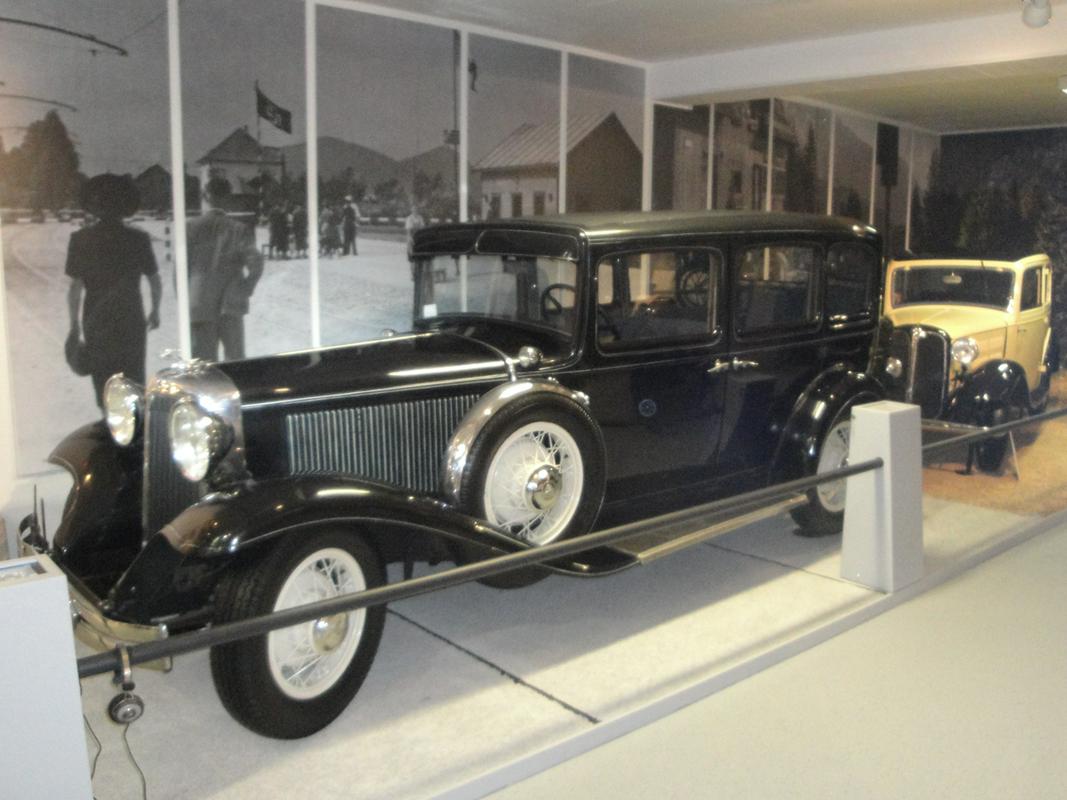Steven Spielberg’s 1994 Holocaust classic The Schindler’s List has been praised for its historical accuracy. The producers’ determination to make the film look real is evident even in minor details, down to the cars that appear throughout the feature. To get the historic vehicles, the movie’s staff turned to a museum with one of the most interesting automobile collections in Central Europe – the Technical Museum of Slovenia in Bistra.
Located in a former monastery, the Technical Museum is devoted to preserving and showcasing Slovenia’s technical heritage, with collections covering everything from logging to printing. But it’s the museum’s car collection that leaves the greatest impression on many visitors.
The cars seen in Schindler’s List came from the museum’s extensive collection of pre-World War II vehicles. In fact, the oldest car owned by the museum even predates the First World War: A buggy-like German car known as the Piccolo is the oldest still-surviving car in Slovenia. The collection also includes the Ford Model T, the first mass-produced car and the first vehicle that was accessible to ordinary people (at least in the U.S.) Visitors can see the progression of automobile design and technology through the decades – from the increasingly streamlined cars of the 1930s and ‘40s to the still familiar designs of the post-war era.
But the cars that truly set the collection in Bistra apart are those that once belonged to Josip Broz Tito, Yugoslavia’s President-for-Life. They include an impressive 1937 Packard given to Tito by Stalin, and two Soviet ZIS limousines – themselves based on the Packard -- from Nikita Khrushchev. Also on display is a majestic 1952 Rolls-Royce was given to Tito by the People’s Republic of Slovenia. The history behind the entire collection of these impressive limousines – from Mercedes to Horch -- reads like a “who is who” of the Communist world. When states, leaders, and organizations wanted to impress the Yugoslav leader, they knew that a car was always a welcome gift.
So impressive is the collection of Tito’s cars that some Serbian museums have requested that some of the cars be divided among Yugoslavia’s successor states. (A few of the cars were on loan when Yugoslavia collapsed.) No formal requests have been made, however, and Bistra retains what is by far the world’s largest collection of automobiles once used by the Yugoslav president.
The collection enables visitors not only to see some of the luxurious cars ever built, but also offers insights into the political history of Yugoslavia through one of the more glamorous sides of Tito’s Communist regime.


































































